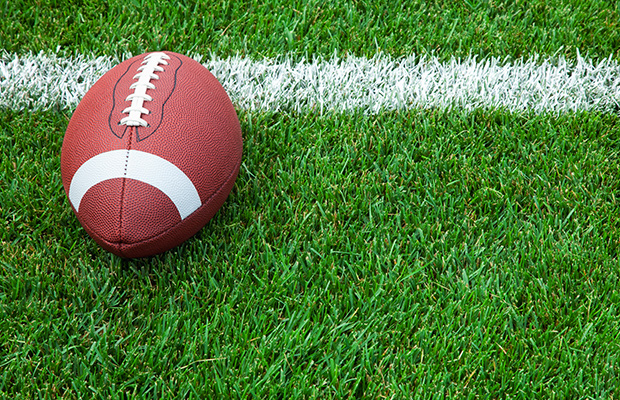Emile Joseph Bourgeois Sr.
May 25, 2009
Madeline Marie Cadiere Usie
May 29, 2009There’s jazz and jambalaya. Then there’s football and Final Fours.
On the heels of the NFL’s decision to award New Orleans the 2013 Super Bowl, tourism and economic development officials credited the sports industry – as much as the city’s world-renowned music and fine dining – with leading the economic and psychological recovery from Hurricane Katrina.
“This city, right now, is probably the single-best example of the power of sports as a corporate enterprise to actually go outside the boundaries of its own sector,” said Stephen Perry, president of the New Orleans Metropolitan Convention and Visitors’ Bureau.
“Sports, in our recovery, may have been the single key element, because the highest-profile national events have either come here or committed here” since the storm hit in August 2005, Perry continued. “They’ve re-established us as a preeminent special-events city.”
Perry estimated that approximately $2 billion in spending in the metro area will have been generated directly by sporting events by the time the 2013 Super Bowl – with its $350 million contribution to the local economy – has been played. That span will have included seven Sugar Bowls, two BCS national championship football games, an NBA All-Star game and an NCAA men’s basketball Final Four.
What may go down as one of the more important moments in the history of this nearly 300-year-old city was when state officials approved an unprecedented stadium rehabilitation plan for the Louisiana Superdome, which was heavily damaged during Katrina.
The NFL helped spur the decision by asking whether the dome could be fixed in time to host the Saints during the 2006 season.
Doug Thornton, a senior vice president for SMG, the company that manages the state-owned stadium, decided it was possible to renovate the dome in little more than eight months.





